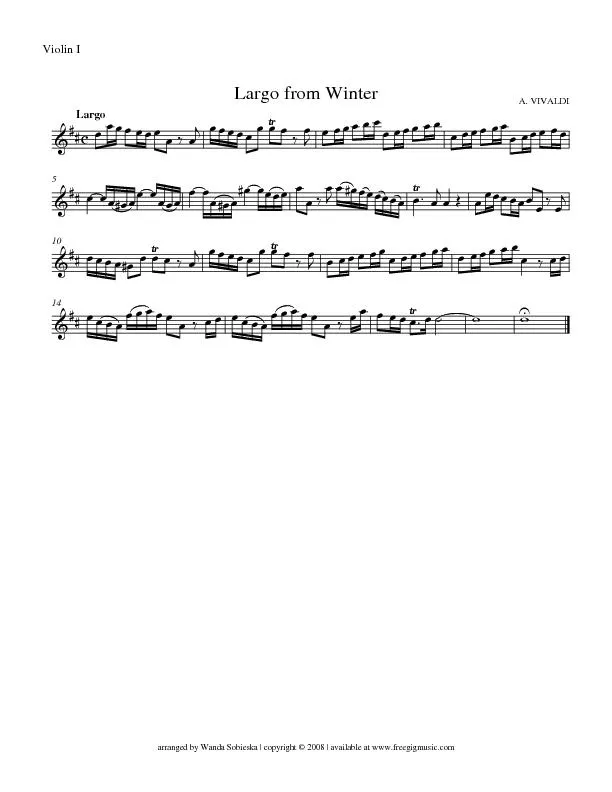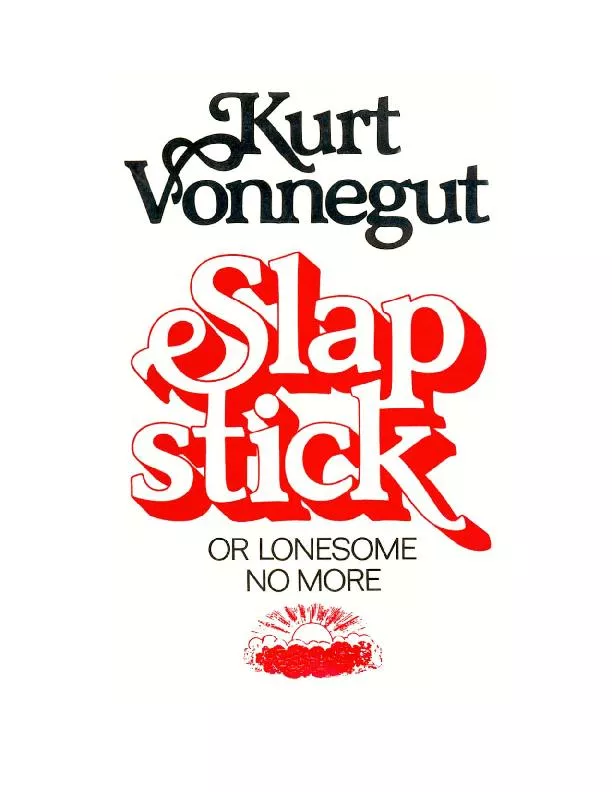PPT-Wanda Gag
Author : conchita-marotz | Published Date : 2017-08-30
Shoshana Gray Wanda Gag Born March 11 1893 Bohemian heritage Raised in New Ulm MN Anton Gag father artist dies in 1908 Elisabeth mother dies in 1917 Wanda dies
Presentation Embed Code
Download Presentation
Download Presentation The PPT/PDF document "Wanda Gag" is the property of its rightful owner. Permission is granted to download and print the materials on this website for personal, non-commercial use only, and to display it on your personal computer provided you do not modify the materials and that you retain all copyright notices contained in the materials. By downloading content from our website, you accept the terms of this agreement.
Wanda Gag: Transcript
Download Rules Of Document
"Wanda Gag"The content belongs to its owner. You may download and print it for personal use, without modification, and keep all copyright notices. By downloading, you agree to these terms.
Related Documents














